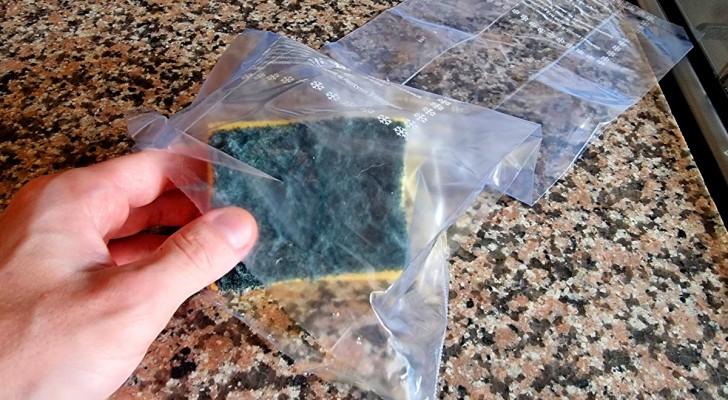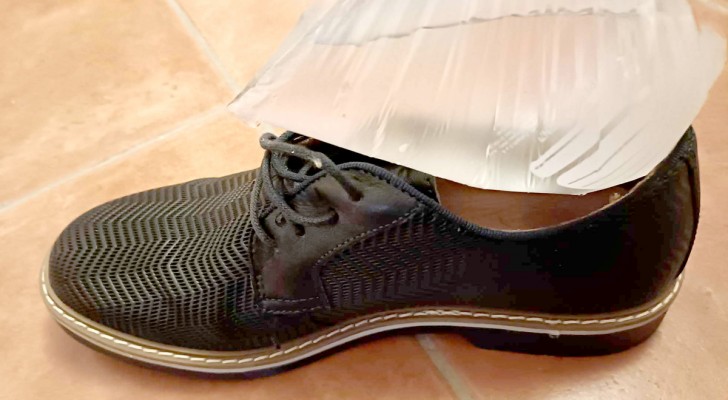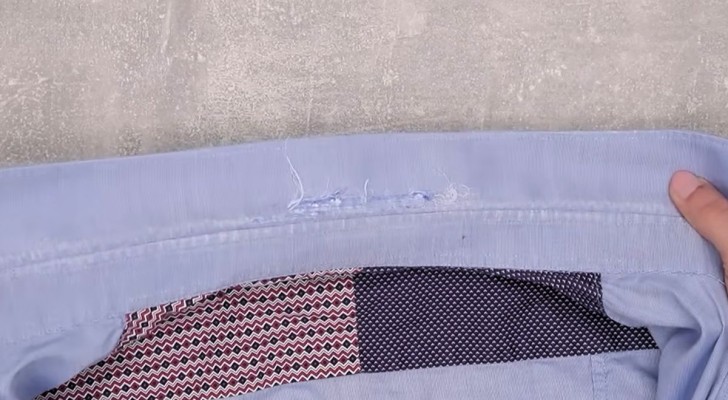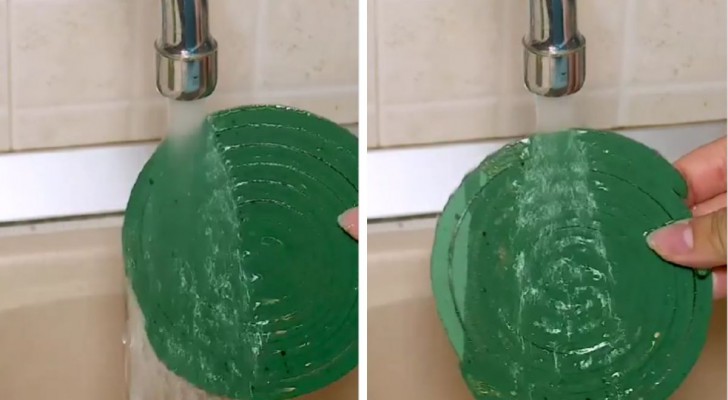Hydrogen peroxide: 5 uses that make it a great ally for household chores
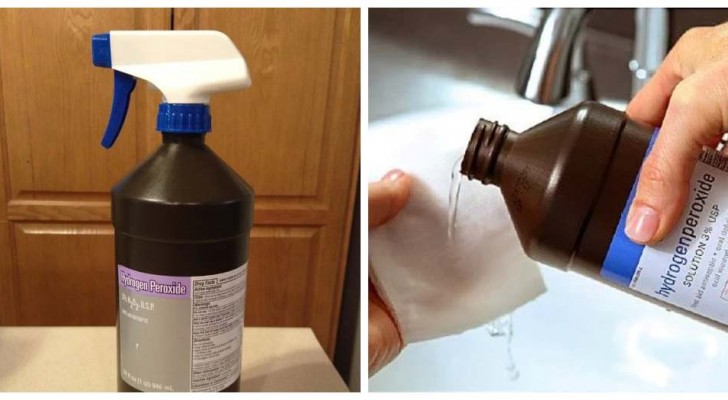
Hydrogen peroxide is a biodegradable disinfectanting substance, which can be purchased in pharmacies and chemists and has many, wonderful properties. It is used in many jobs around the home but often, its full potential is not exploited.
It is used in the field of personal care and hygiene, disinfecting wounds or cuts, whitening of teeth and nails, and so on. However, its qualities in the area of disinfection, care and hygiene of the home are less well known.
For this reason, we want to show, below, some of the ways to use hydrogen peroxide in the home.
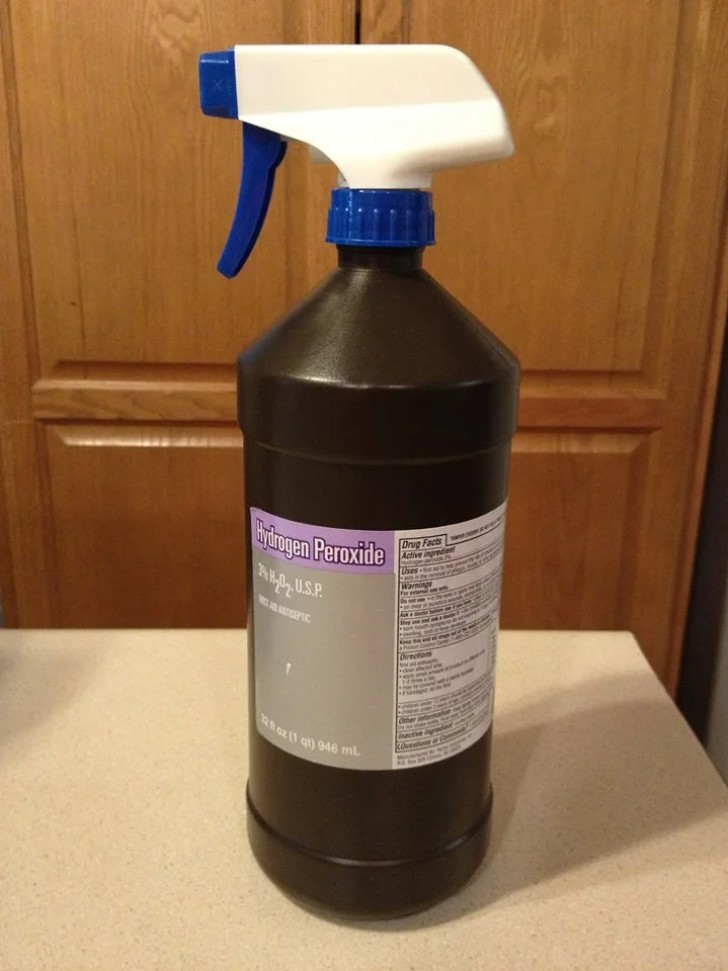
For domestic purposes it is advisable to use hydrogen peroxide in low concentrations (generally 3%, which corresponds to 10 volumes). The uses ofhydrogen peroxide for home care are quite varied:
- Disinfecting surfaces: having an excellent disinfectant power, hydrogen peroxide is ideal for sanitizing all washable surfaces in the house, in particular the bathroom and the kitchen. For the same reason, it is a very useful substance to take on a trip to meet all eventualities. However, always pay attention to use it diluted with water in equal parts.
- Bleaching laundry: a second potentially effective use of hydrogen peroxide is to whiten laundry. In fact, it is useful to use it instead of bleach, as it is less toxic and polluting. Just add a small amount to the washing machine drum.
- Remove dirt from floor joints: hydrogen peroxide is great for cleaning blackened floor joints, especially if used together with baking soda. Add it to 1/2 tablespoons of baking soda, so that it forms a thick paste. Spread the paste on the areas to be treated, using a brush or an old toothbrush. Leave on for 5 to 10 minutes and then rinse off. The joints will be clean again in a flash.
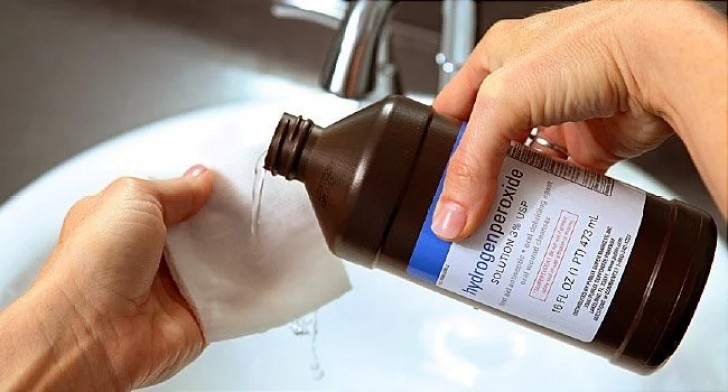
- Dissolving limescale: hydrogen peroxide can deal with limescale. To do so, especially on steel, put a little hydrogen peroxide directly on a sponge, rub it on the limescale and rinse off. You will be happy with the results.
- Bleaching lightly-colored ceramics and furniture: hydrogen peroxide is a marvel for whitening light-colored ceramics and furniture. In both cases, pour some hydrogen peroxide a soft sponge, gently rubbing the areas to be treated. Leave it on for a few minutes and rinse off thoroughly.
You can use hydrogen peroxide in these and many other cases. It is important, however, that you carefully follow the directions for use, that you make sure you are dealing with a product with correct concentration and volumes, and that you protect your hands with gloves. It is true that hydrogen peroxide is not a particularly toxic or harmful substance, but it can become so if used incorrectly due to the chemical reactions it could trigger.
Did you know about the uses mentioned above?

